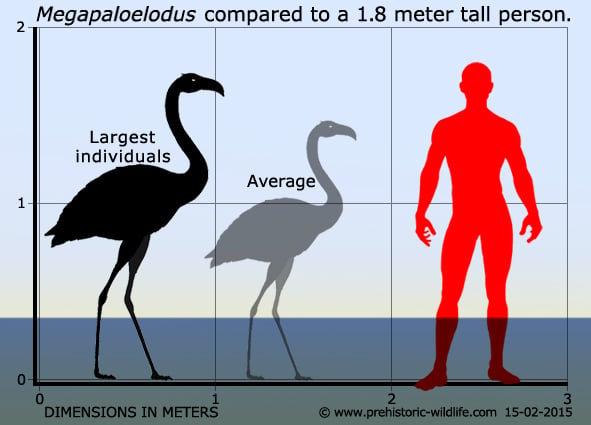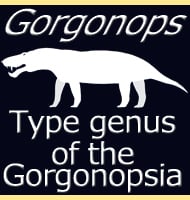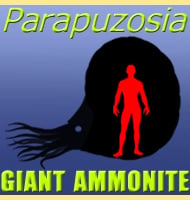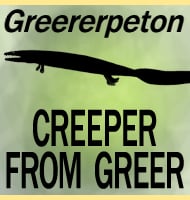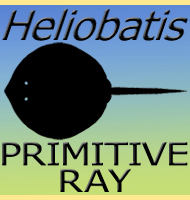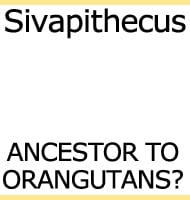In Depth
Megapaloelodus is a genus of extinct bird close in form and ecological niche to a modern flamingo, though at the same time Megapaloelodus was only a distant relative. Megapaloelodus is immediately notable for having a distinctly different ankle structure to that of a modern flamingo. This ankle may have allowed the leg to become locked so that Megapaloelodus could stand upright for extended periods, though the specific function is still not known with absolute certainty.
Megapaloelodus was named for its similarity to the genus Palaelodus while also recognising the larger overall size of Megapaloelodus. There is another species of Megapaloelodus occasionally named called M. goliath, however some researchers consider M. goliath to actually belong to the Palaelodus genus because this species seems to have a much greater similarity to this genus than to Megapaloelodus, though M. goliath is also significantly larger than other Palaelodus species.
Megapaloelodus would have fed upon larger aquatic invertebrates as well as possibly smaller vertebrates like fish. However it is still unknown if Megapaloelodus had a beak similar to its closer relative Palaelodus, or perhaps a more specialised beak similar to a modern flamingo. At the time of writing there is no way to know for sure, but Palaelodus seems to have been better adapted to swimming and paddling, while Megapaloelodus was almost certainly a dedicated wader, which may also increase the likelihood of a more specialised feeding option.
Further Reading
- An avifauna from the lower Miocene of South Dakota. - University of California Publications, Bulletin of the Department of Geological Sciences 27(4):85-100. - A. H. Miller - 1944. - Birds from the Pliocene of Juntera, Oregon. - Quarterly Journal of the Florida Academy of Sciences 24(3):169-184. - P. Brodkorb - 1961.
